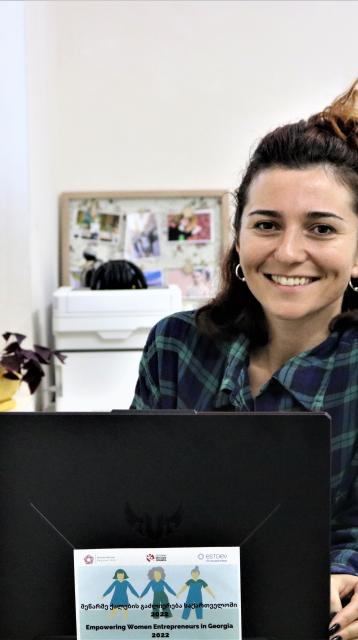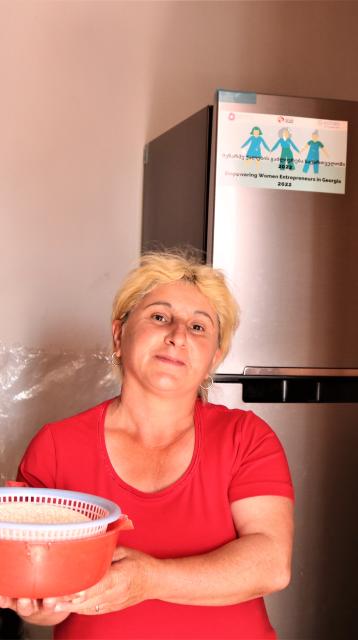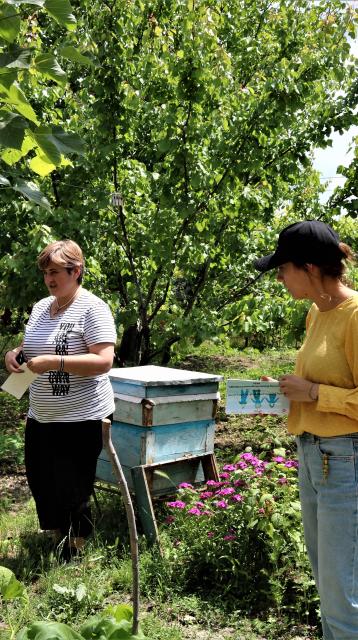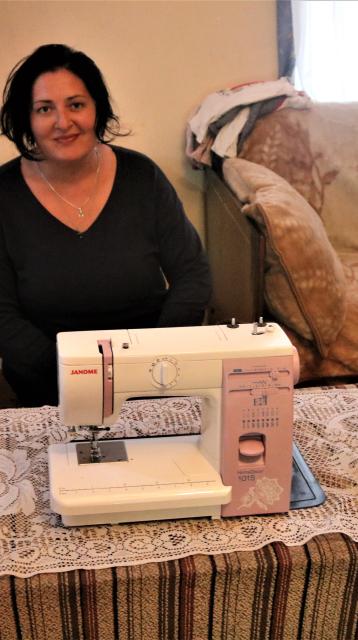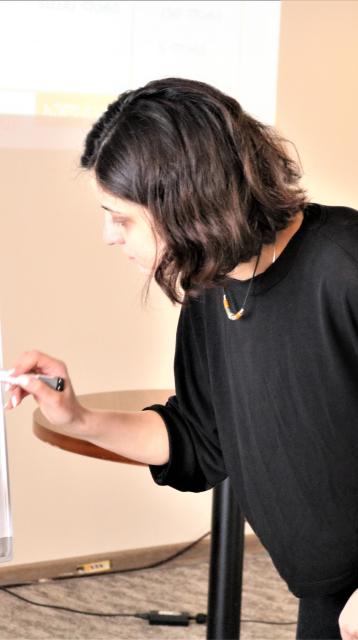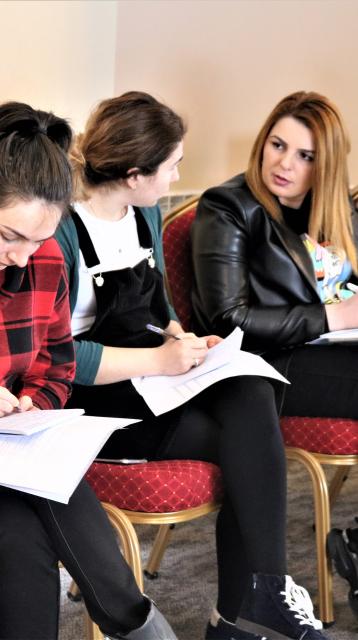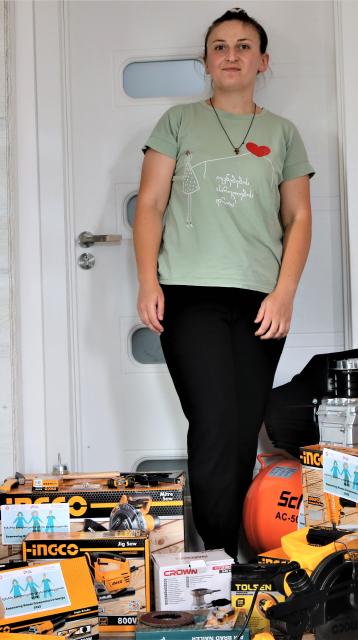Georgia

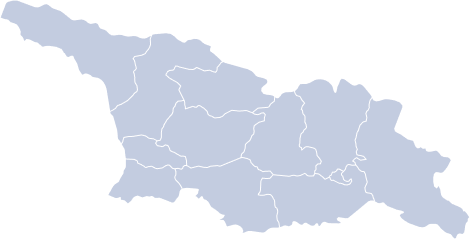
Programmes currently active in this country
Livelihoods and Economic Recovery Programme
The purpose of the Livelihoods and Economic Recovery Programme is to support the self-sufficiency of people who have suffered as a result of crises, helping them to start a business and enter the labour market.
Programme activities:
- Entrepreneurship programmes and mentoring. Entrepreneurship programmes provide partici- pants with hands-on training and guidance to start a business or develop an existing business. Through mentoring, we offer guidance from experienced entrepreneurs or experts to help participants bring their ideas to life.
- Labour market programmes. Labour market programmes are aimed at those people with a migrant background who want to enter the Estonian labour market, change jobs or find a job that matches their qualifications.
Contact us about this programme: livelihoods@pagulasabi.ee
Advocacy and Protection Programme
In addition to providing services, the Estonian Refugee Council also actively provides advocacy and protection monitoring. We stand for the rights and well-being of refugees at local, national and international levels. We consistently collect feedback from refugees on good practices, bottlenecks, and systemic violations. If we can help solve the problems of refugees, we will.
Report a violation of refugee rights to our email or hotline: +372 5881 1311
Contact us about this programme: protection@pagulasabi.ee
Georgia has seen two major armed conflicts and internal refugee crises in the last 30 years: between 1991 and 1992 and again in 2008. The first conflict began after the collapse of the USSR, when around 250,000 people fled their homes in Abkhazia and 60,000 in South Ossetia. In 2008, an armed conflict between Georgia and Russia escalated in South Ossetia, with nearly 192,000 people internally displaced.
Although a large number of people who have fled as a result of the two armed conflicts have now been able to return to their homes, there are currently around 251,000 internally displaced persons in Georgia (including both "new" and "old" refugees). Their chances of changing the situation and returning home are slim.
Although more than a decade has passed since the last refugee crisis, internally displaced people are facing serious socio-economic challenges. Unemployment, depression and a lack of interest in education are just some of them. Internally displaced people live in different socio-economic conditions. Although many have private homes, almost half (46%) of internally displaced people still live in collective accommodation centers, including old kindergartens, sanatoriums and barracks, but also in purpose-built settlements (especially the so-called "new" internally displaced persons after the 2008 conflict).
New settlements were generally built in rural areas away from major cities and therefore with limited access to the labor market. Unemployment among internally displaced persons has been identified in various studies as the greatest difficulty, which limits IDPs self-sufficiency and makes them dependent on social and humanitarian aid. Unemployment, in turn, has led to reduced food security (71% of internally displaced people have identified food availability as a problem) and a lack of confidence in paying their utility bills (61% of respondents). According to a 2015 survey, 99% of internally displaced persons depend heavily on government social assistance for their daily livelihoods. The Georgian government's strategy on internally displaced persons and the action plans based on it also prioritize the issues of poverty and unemployment, as well as the state of housing and access to education and health care.
From 2023, Estonian Refugee Council is also supporting Ukrainian refugees who have arrived in Georgia (as of January 2023, there are approx. 27,000 of them permanently there). Two hundred fifty households in the most vulnerable situation receive financial support; the Estonian Ministry of Foreign Affairs supports us.
